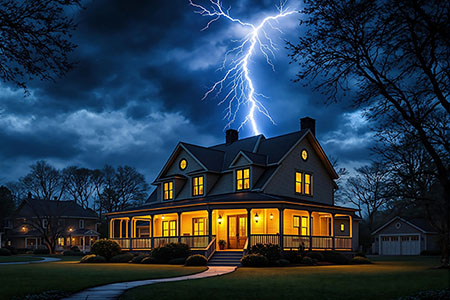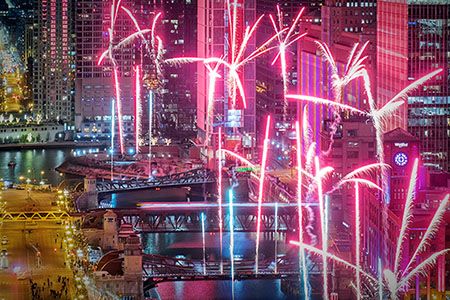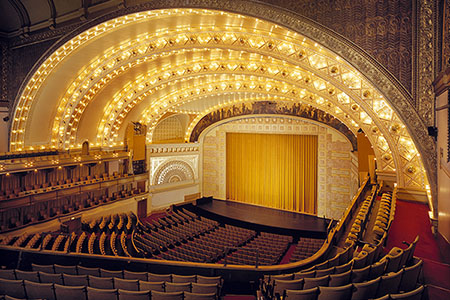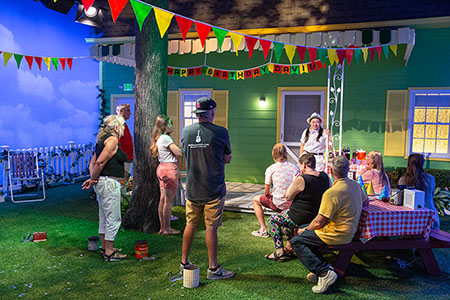(Above) Ironworker John Rukavina looks up from the broadcast tower he will dismantle from Marina City’s west tower in 1978. (Click on images to view larger versions.) Documentary rounds up Chicago’s ‘Cowboys of the Sky’
Dec. 18, 2014 – They came from gritty neighborhoods to build Chicago’s gleaming skyscrapers – ironworkers, who played near steel mills as children, then took jobs wrangling the structural steel frameworks of the city’s world-famous architecture. Their ancestors were the bridge carpenters of the 1880s. In the early 20th century, the death rate among ironworkers was higher than any other trade. Today, ironworkers have the fifth most dangerous job in the United States. There were 37 fatalities in 2012 for every 100,000 ironworkers. If the average ironworker can avoid falls, being struck by falling or swinging objects, concrete wall collapses, and contact with live electrical lines, he or she can earn $44,540 per year. They are a unique breed and in an industry of strong, half-crazy ironworkers, one Chicagoan has stood out. In 2012, John Rukavina installed a new broadcast antenna on top of Willis Tower, 110 stories above ground, and he did this at age 74. He has installed more than 20 broadcast towers on top of buildings, including the 426-foot mast and antenna built in 1964 on the west tower of Marina City, where he lost a thumb. He came back in 1978 to take it down. It was Rukavina who put a Mitt Romney banner on the WLS-TV antenna on top of Willis Tower on September 30, 2012. He has also worked on John Hancock Center. Filmmaker Steve Brown has been working for years on a documentary that tells the story of Rukavina and his colleagues. Cowboys of the Sky is being assembled from decades of film, video, photographs, newspapers, and interviews. Brown, who is 31 years old, met Rukavina in 2009 when the ironworker was installing the spire on top of Trump International Hotel & Tower, an operation that took five months. “John’s what we would call an old school ironworker,” says Brown. “And what it took to make it back then versus how things are done today are kind of different. Like most things, over the course of time, the ironworker, the nature of these people has changed a bit but there are still certainly a lot of similarities.” Loose safety produced sharper instincts At first glance, the pre-OSHA days of the construction industry may seem reckless but Brown says that just made ironworkers more sharp. “It took more of a skill set of calculating things, and knowing a little more, not to get killed back then.” He believes workers in the 20th century were not necessarily more at risk. “I think they were maybe a little more resourceful than the people today who will blindly clip into something and a lot of times think they’re safe. And these guys like John, you look at some of the pictures and…they look quite dangerous but he was totally in control.” Brown has been raising money to complete the project, a feature-length documentary. They have one sponsor but are shooting and editing on what Brown describes as “a very, very small budget.” Brown’s first documentary was about world-renowned climbers in search of boulders in New Zealand and South Africa. He has also worked on the FX television show Rescue Me. (Above) John Rukavina (top with white cap) and an unidentified worker ride cables past balconies at Marina City.
|






 Website:
Website: 








